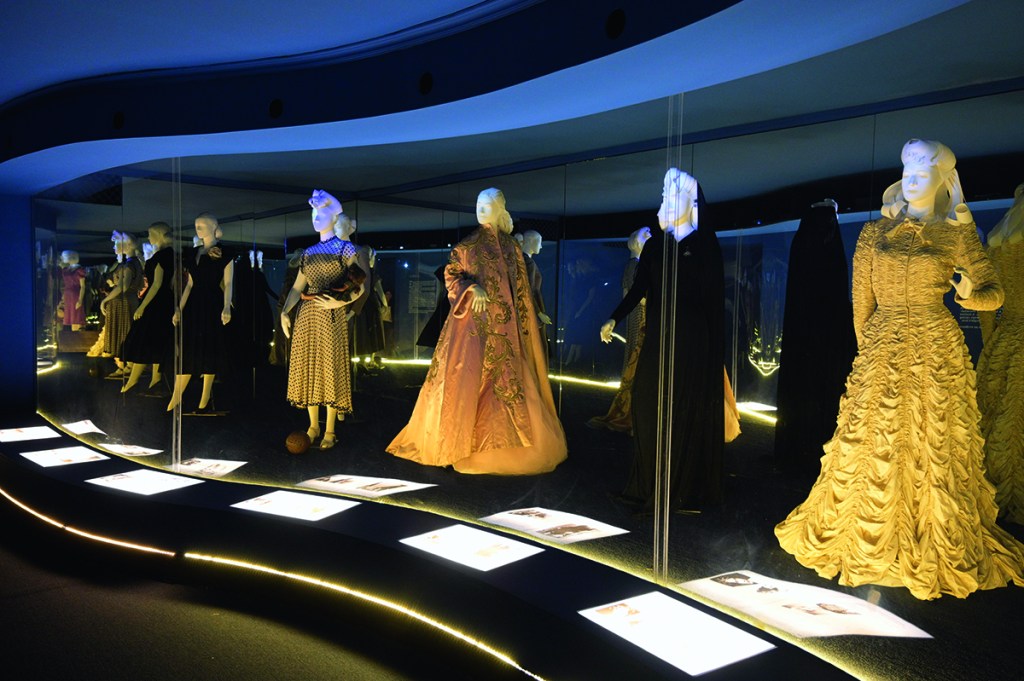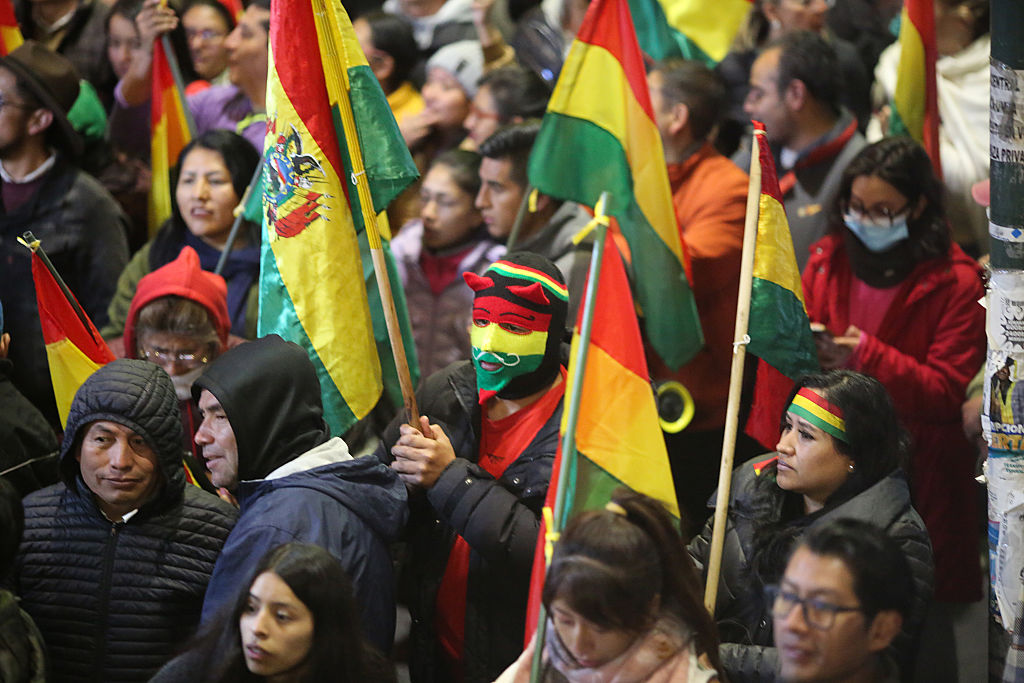This article is in The Spectator’s March 2020 US edition. Subscribe here.
The odds of becoming a cult figure improve with the speed of departure. Among musicians, Jimi, Jim, Janis, Kurt and Amy played their last notes at 27. By dying at 33 and later becoming the subject of an Andrew Lloyd Webber musical, Eva Perón joined an even more exclusive club.
‘Half a million people kissed the coffin,’ says the Argentine novelist Tomás Eloy Martínez in Santa Evita (1995). ‘A million-and-a-half yellow roses, stocks from the Andes, white carnations, orchids from the Amazon, sweet peas from Lake Nahuel Huapi, and chrysanthemums sent by the emperor of Japan… were thrown from balconies.’
I saw this cascade — falling in slow motion to a hypnotic tango nuevo rhythm, still glowing through faded film colors — when I first visited the Evita Perón Museum nearly a decade ago. Returning to Buenos Aires a century after Eva’s birth, and just after an election that returned Argentina’s presidency to Peronism’s heirs, it seemed time to take another look.
A shrine as much as a museum, the Museo Evita is housed in a fine early 20th-century mansion, bought in 1948 by what became the Eva Perón Foundation and turned into a shelter for indigent mothers and their children. The transformation was both symbolic and practical. The intermittent noblesse oblige of Argentina’s ruling class — the ‘oligarchs’ denounced by President Juan Perón and his First Lady from the wrong side of the tracks — was consigned to the past. Instead, the Foundation, financed by a mix of private donations, state support and old-fashioned extortion, became a powerful vehicle for social improvement: a matter, Eva maintained, of duty, not charity. It built nurseries, schools, old people’s homes and much more besides. Interwoven with other changes introduced under her husband’s distinctively Argentinian form of fascism, the Foundation was to be a ‘bridge of love’ between his regime and the descamisados (the ‘shirtless ones’), for whom Eva was the ‘standard-bearer’, as well as the shirted ones just a notch or two above them.
Much of the Foundation’s work was handled by the ‘Lady of Hope’ herself. Its activities reinforced a cult of personality that transcended the political. When President Perón proclaimed Eva the ‘Spiritual Leader of the Nation’ not long before her death in 1952, the faithful saw it not as promotion, but as recognition. She was a sainte accomplie.
A beautiful restoration has returned a degree of grandeur, diluted by kitsch, to the old mansion. Passing the ornately framed diptych of Juan and Eva at the entrance, we get a taste of the house’s earlier role in a recreation of the shelter’s kitchen, complete with model meat and a collection of toys distributed to the youngsters who attended Eva’s ‘Children’s City’. Then there are Eva’s clothes, sometimes in austere styles intended to highlight the seriousness of her work, sometimes not. ‘Poor people don’t want someone to protect them who is old and dowdy. They all have their dreams about me, and I don’t want to let them down,’ explained Eva smoothly.
Vintage newsreels tell Eva’s story and demonstrate the emotion that she stirred in her followers. Unlike Eva Braun, she became an ornament of the regime and a force in her own right. And unlike Elena Ceausescu’s, her most famous appearance on a balcony was a profound moment of connection with adoring supporters, rather than a prelude to a firing squad.
The emotion surrounding Eva only intensified when it became evident that something was badly amiss; she was dying from uterine cancer. Her death has kept her myth alive. The dance between old colors and new tango has ended, but there is remarkable footage of her funeral, and of the prolonged prelude during which, in effect, she was dying in public. At her husband’s second inauguration she was a living El Cid, supported by a concealed wire-and-plaster frame.
Mrs Stuttaford having maxed out on Peróns, I didn’t have time to check if it’s still possible to see the video chronicling the macabre odyssey of Eva’s corpse — now safely buried under tons of concrete in Buenos Aires’s magnificent Recoleta cemetery. I hope so. Her wild posthumous ride was more than a PS. From embalming to disappearance to reappearance decades later (and thousands of miles away), it burnished her legend in a culture with a highly morbid strain. ‘Argentines are addicted to death,’ the aging caudillo is told in Martínez’s The Perón Novel (1985). It’s not the births of their heroes that Argentines commemorate, but their deaths. ‘We are cultivators of cadavers.’ Eva’s museum opened on the 50th anniversary of, naturally, her death.
When it came to Juan Perón’s cadaver, the cultivators turned harvesters. His hands were sawn off for ransom after a raid on his tomb. They have yet to be returned.
This article is in The Spectator’s March 2020 US edition. Subscribe here.


























